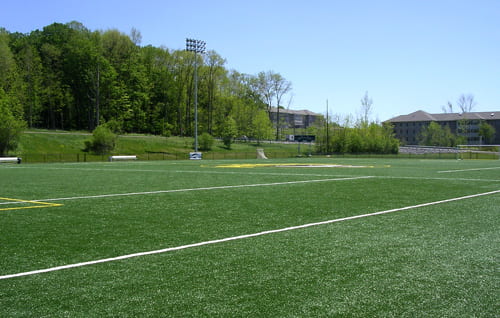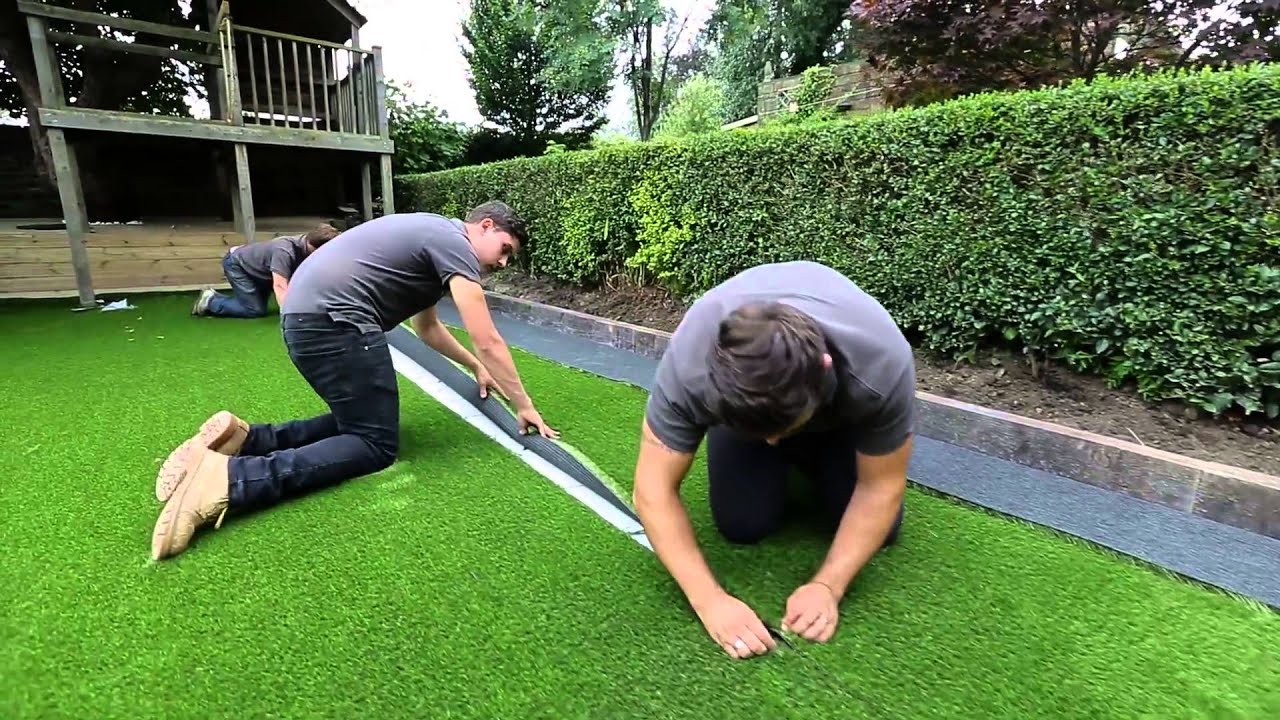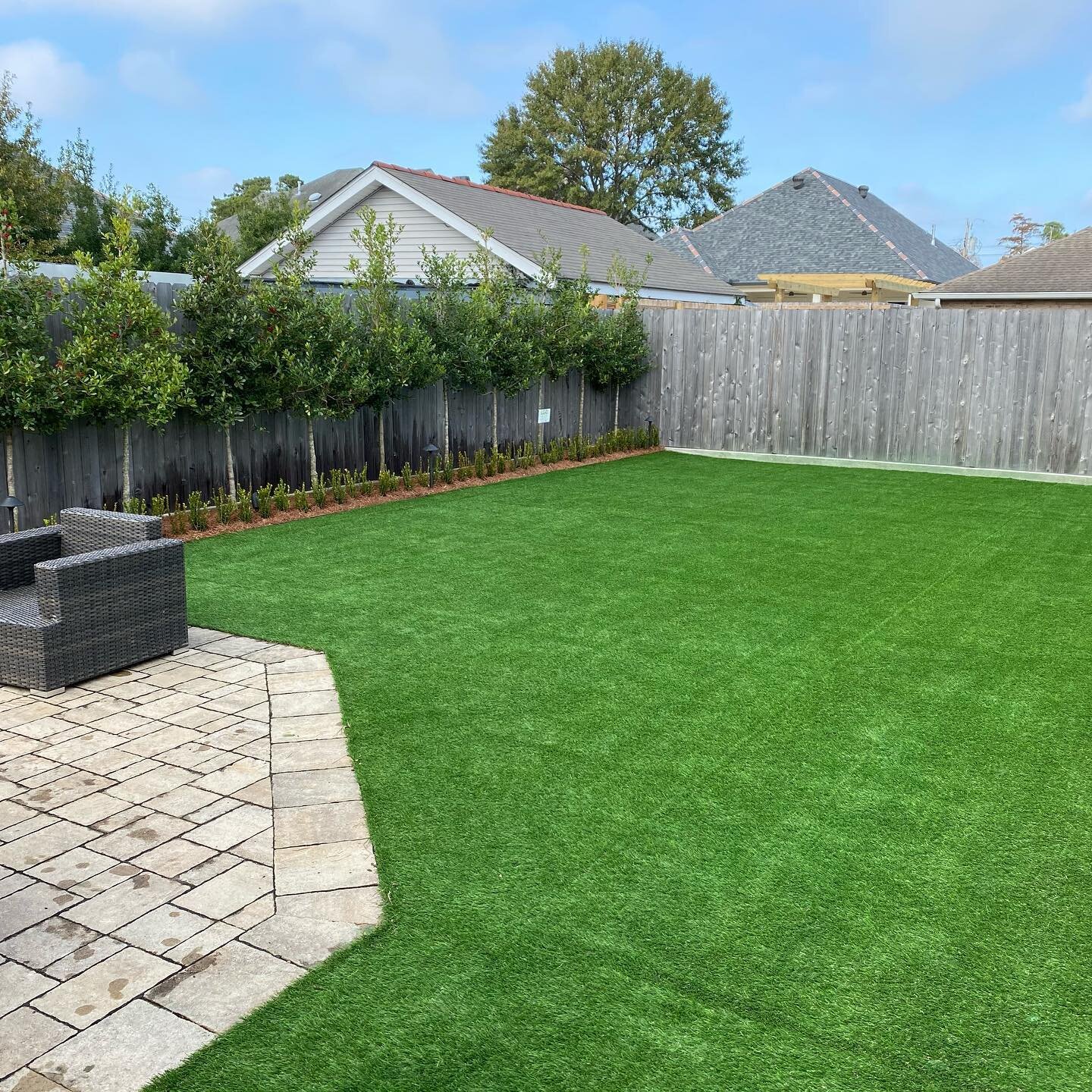Professional Arizona Turf Installation Services for Residential and Business Use
Professional Arizona Turf Installation Services for Residential and Business Use
Blog Article
See Why Homeowners Prefer Synthetic Grass for Sustainable Landscape Design Practices
As property owners significantly prioritize sustainability in landscaping, man-made turf has actually arised as a compelling choice to traditional turf. What continues to be to be explored is the complete range of benefits that artificial lawn can use to house owners and the setting alike.
Water Preservation Advantages
Among the most considerable benefits of synthetic grass is its duty in water preservation. Conventional yard lawns need significant amounts of water to maintain their lavish look, commonly resulting in overuse of local water sources, specifically in deserts. In comparison, fabricated turf eliminates this need entirely, as it does not need irrigation. This not just conserves water but likewise minimizes the stress on community water systems, specifically throughout drought problems.
Furthermore, the installation of synthetic grass can contribute to an extra lasting landscape. Home owners can substantially reduce their water bills, permitting for reallocation of resources to various other environmental campaigns or household usages. Furthermore, synthetic grass is designed to withstand various climatic problems without the need for supplementary watering, making it an ideal choice for regions encountering water deficiency.
The environmental advantages expand beyond immediate water financial savings. By minimizing water intake, synthetic grass aids to reduce the effects of environment change, maintaining crucial ecosystems that are threatened by excessive water extraction. As sustainable landscaping methods get traction, synthetic grass becomes a responsible choice for homeowners seeking to produce eco-friendly outdoor spaces.
Decreased Maintenance Initiatives
Synthetic turf significantly minimizes maintenance efforts compared to typical yard yards. With man-made grass, homeowners can eliminate the lengthy jobs connected with all-natural landscaping, such as mowing, feeding, and weeding. This not just conserves useful time however likewise reduces physical labor, making yard treatment obtainable for individuals of any ages.
Among one of the most significant advantages is the absence of normal mowing. Standard grass require frequent trimming to maintain an aesthetically pleasing elevation, whereas man-made turf remains consistently lush without the demand for cutting. In addition, homeowners no more need to use plant foods or chemicals, which are often required to maintain natural yard healthy and balanced. This change not only lightens the work but additionally promotes a neater, extra uniform appearance year-round.
Additionally, artificial lawn is durable and durable, calling for marginal maintenance past occasional brushing and rinsing to eliminate particles. This convenience of maintenance permits house owners to enjoy their exterior areas without the consistent fear of maintenance, providing more time for recreation and household activities. Inevitably, the minimized upkeep initiatives related to fabricated grass make it an attractive alternative for those seeking a low-maintenance, aesthetically appealing landscape.

Ecological Influence Reduction
There is a growing recognition of the environmental benefits related to synthetic grass, particularly in regards to water conservation and lowered chemical use. Typical lawns require significant quantities of water, especially in drought-prone regions, bring about boosted pressure on neighborhood water resources. In comparison, fabricated turf eliminates the requirement for watering, drastically lowering water intake and promoting sustainability.
Furthermore, conventional yard maintenance often entails the application of chemicals, fertilizers, and herbicides, which can add to dirt and water pollution. Synthetic grass alleviates this ecological threat by calling for very little maintenance and basically getting rid of the demand for unsafe chemicals. This not just improves soil wellness yet additionally protects local ecosystems from harmful drainage.
Additionally, the production of natural grass lawns typically involves using nonrenewable fuel sources for trimming and landscaping tools, additional adding over here to greenhouse gas exhausts. By picking synthetic grass, homeowners can substantially lower their carbon footprint associated with grass treatment tasks.
Visual Charm and Versatility
In addition to its environmental benefits, artificial turf supplies significant visual charm and adaptability for landscaping. Property owners can achieve a rich, environment-friendly look year-round, eliminating the seasonal variations typically related to natural grass. This consistent visual not only enhances the visual allure of a residential or commercial property but additionally adds to a well-maintained and sleek look.
Furthermore, synthetic turf is offered in a range of shades, designs, and structures, enabling customization to suit individual preferences and design styles - Phoenix turf companies. Whether utilized in household gardens, commercial rooms, or leisure areas, it can seamlessly incorporate into varied landscape design layouts, from modern-day minimal to lush tropical settings
The adaptability of synthetic grass extends past plain appearance; it can be installed in various locations, consisting of roofs, patios, and also indoor rooms, creating possibilities for unique landscaping options. Additionally, it appropriates for a series of activities, from kids's backyard to pet-friendly environments, giving functionality without jeopardizing design.
Inevitably, the visual charm and flexibility of synthetic turf make it an attractive option for homeowners looking for lasting landscaping remedies that do not give up appeal for ecological duty.

Long-Term Cost Savings
Among one of the most engaging advantages of artificial lawn is its capacity for long-lasting cost savings. Unlike natural grass, which requires routine maintenance-- including mowing, watering, fertilizing, and bug control-- synthetic grass dramatically reduces these continuous expenses. Homeowners can conserve a considerable amount on water their explanation expenses, specifically in areas where water scarcity is a pushing problem. The elimination of grass care solutions even more contributes to financial cost savings, as there is no requirement for customized equipment or labor.
Additionally, fabricated lawn has a life-span of 15 to 25 years, relying on its quality and use. This sturdiness reduces replacement prices, making it a more economical choice over time. The initial financial investment in synthetic turf can often be recovered through the savings accumulated over time.
While the ahead of time expense may appear higher compared to sod installation, the advancing savings from minimized upkeep and water usage usually surpass these first expenses. Eventually, the adoption of synthetic grass not just promotes a lasting landscape design remedy yet also uses house owners an economically wise option that straightens with long-lasting budgeting objectives.
Conclusion
Artificial lawn emerges as a compelling option for sustainable landscaping, providing significant benefits in water conservation, reduced maintenance initiatives, and lessened ecological impact. As communities progressively focus on environmentally friendly practices, the adoption of fabricated lawn stands for a dynamic step toward accomplishing sustainable and resistant landscapes.
Additionally, artificial grass is made to hold up against various weather problems without the need for extra watering, making it a perfect selection for areas facing water shortage. (Arizona artificial turf)

Man-made grass emerges as an engaging option for lasting landscape design, using substantial benefits in water preservation, lowered maintenance initiatives, and diminished environmental impact.
Report this page